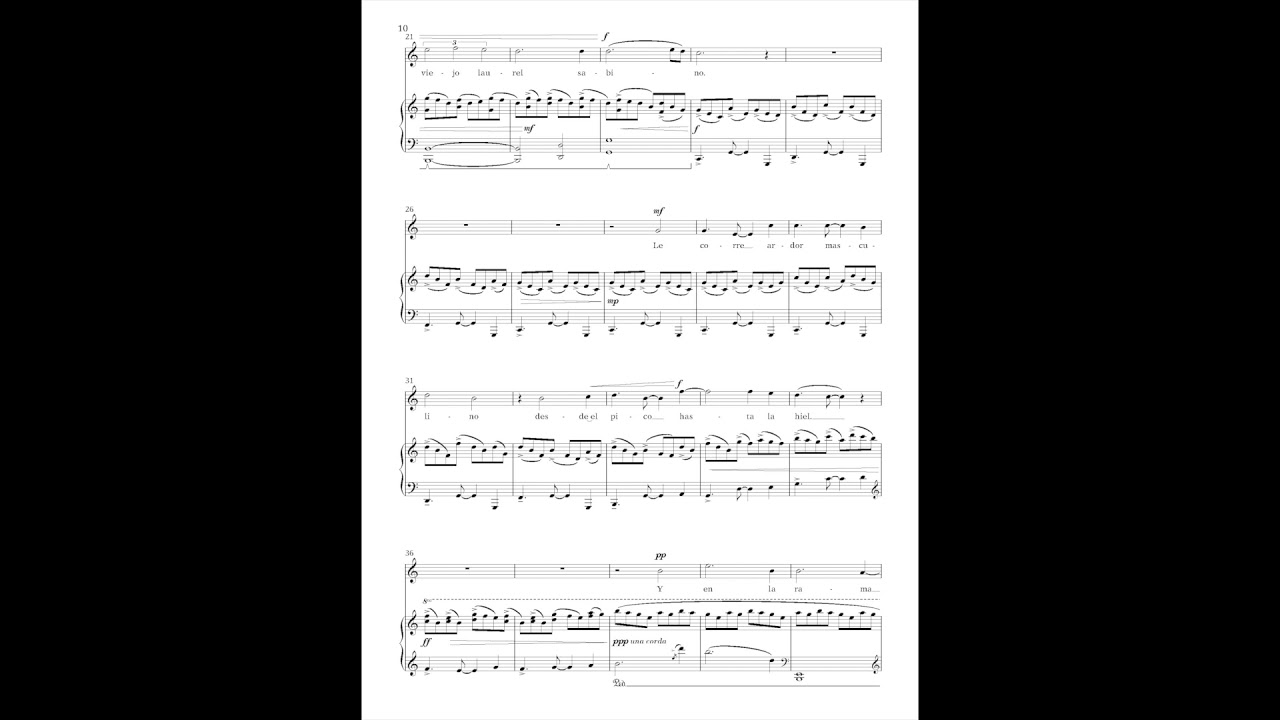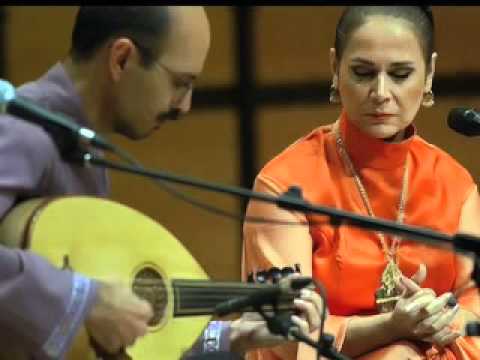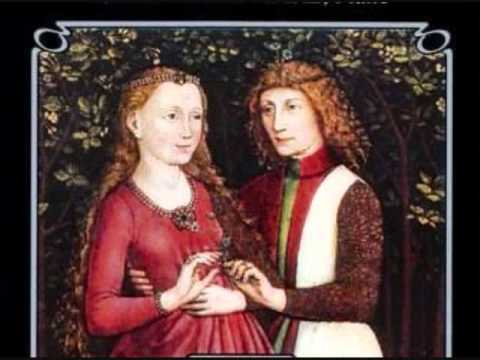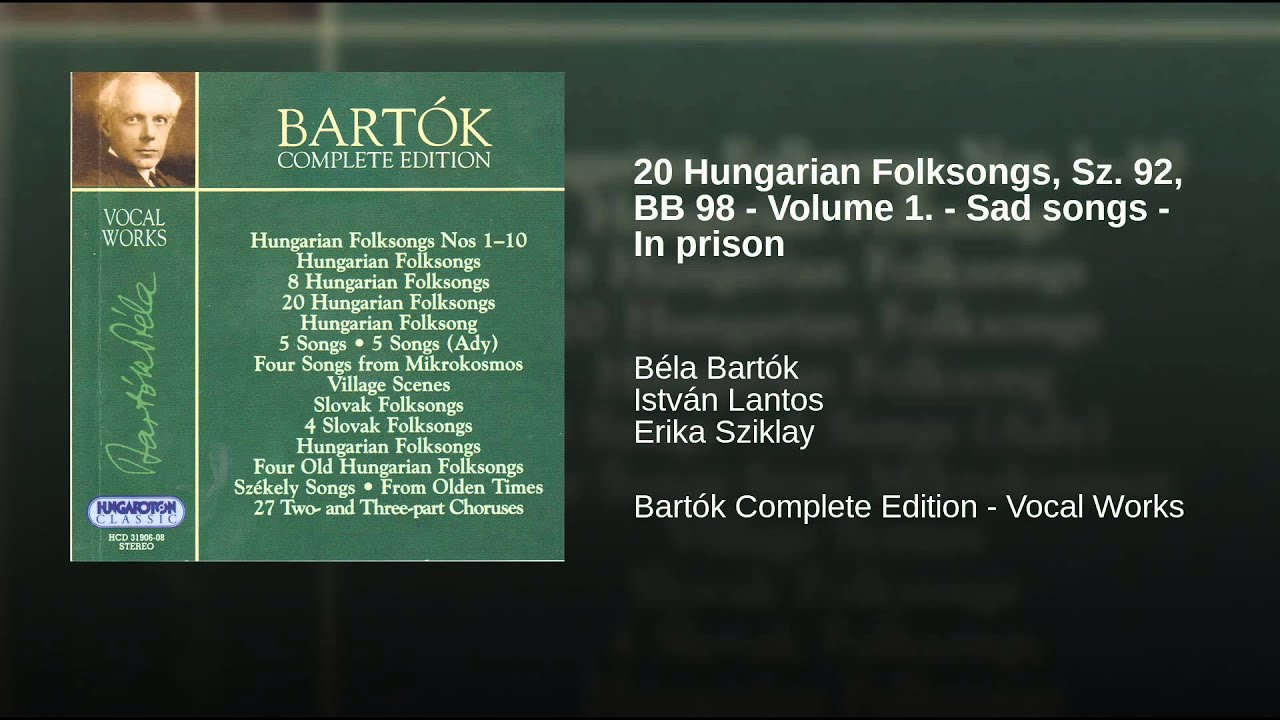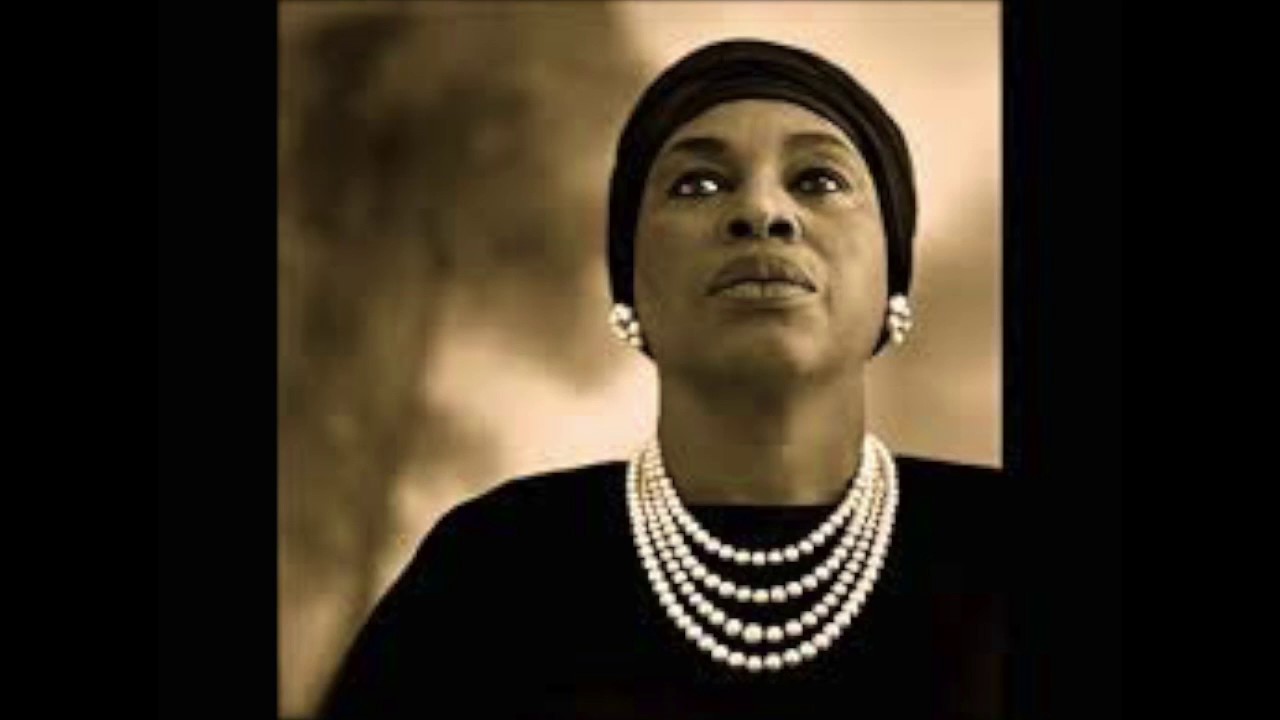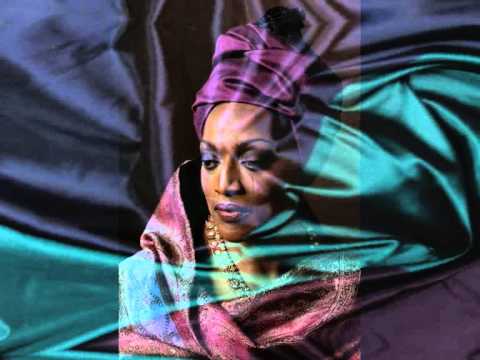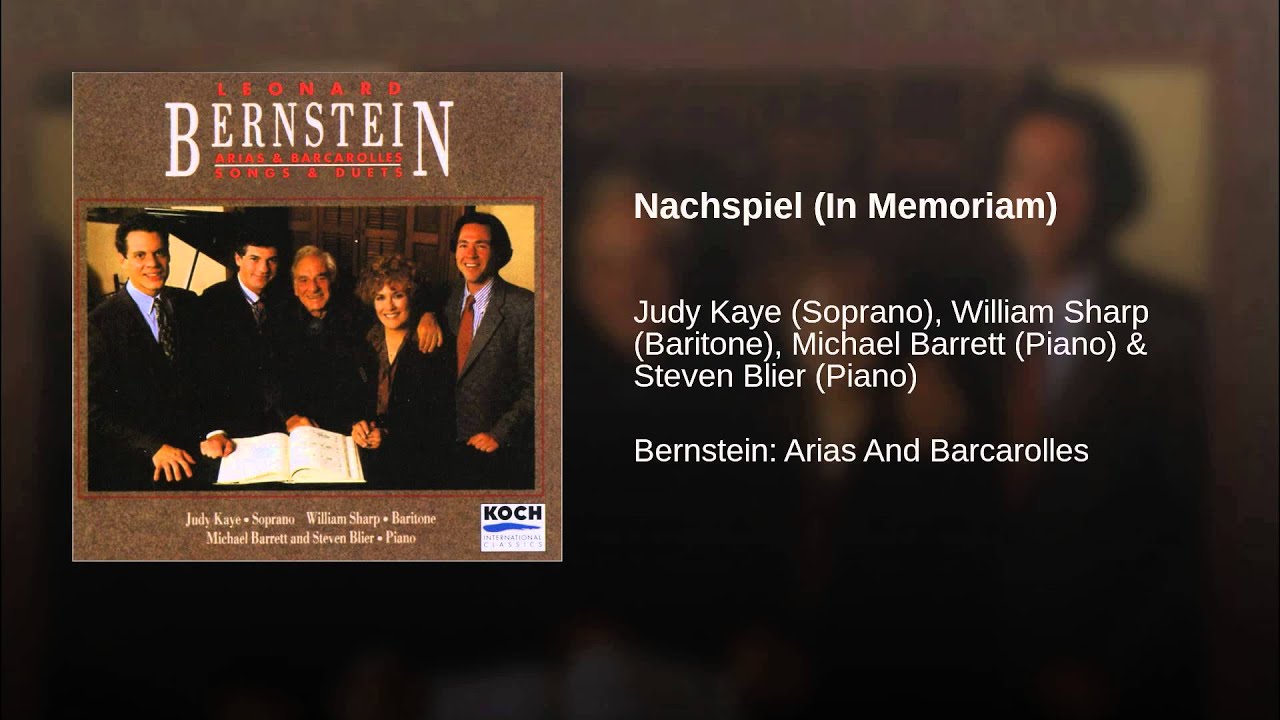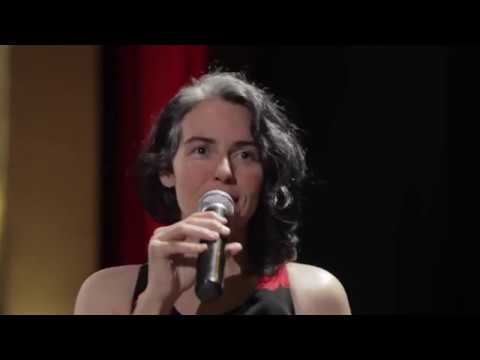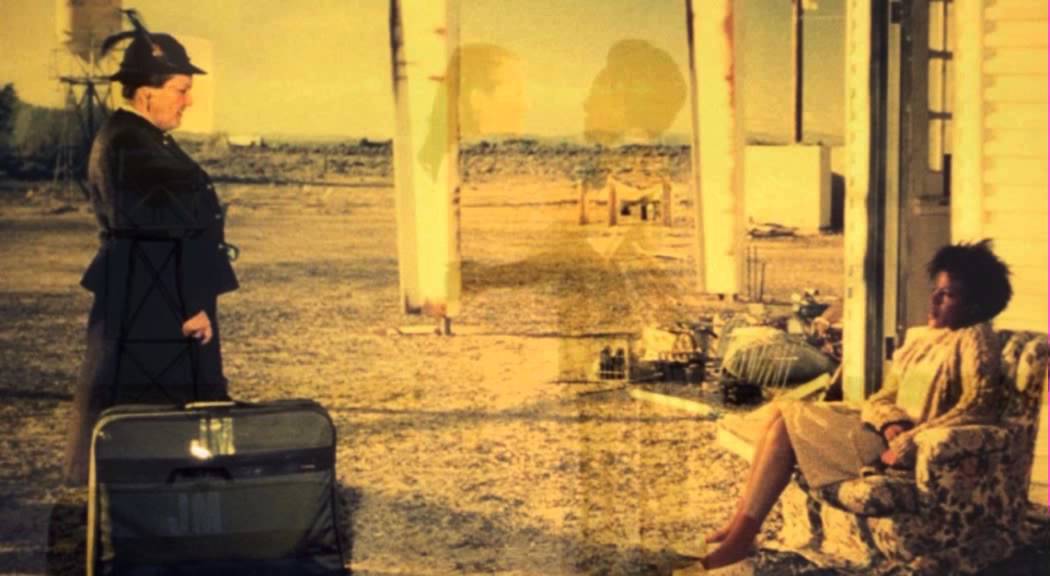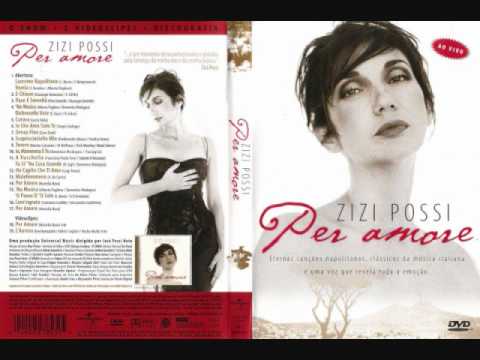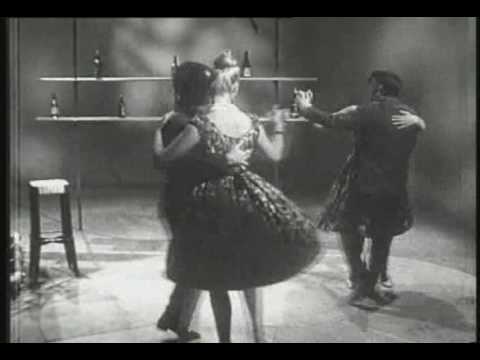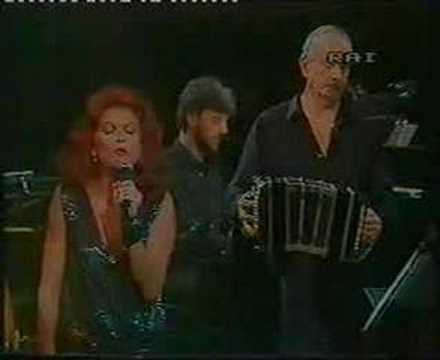Roberto Sierra: Décimas
Tonight’s American premiere of Roberto Sierra’s composition 33 Sueños will be quite an epic musical journey. I have also really enjoyed listening to some of his vocal music for soprano, so here is the cycle Décimas. It is lyrical and beautiful, playful and stylistic. I particularly enjoy the spirited Amanecer which begins at 2:09 and Agua Maldita which begins at 7:13. If you have time to listen to the whole cycle, it’s absolutely worth it.
Hyphenated-Americans
I told Michael, “We have got to bring that music to our mainstage series. Everyone needs to hear Daniel’s—what is it, a cantata?” At first we thought of pairing At the Door with other stories of thwarted lovers, picking up on the work’s story. But we saw a more interesting possibility, something to address our current national quandary about welcoming people of other nationalities into our country. Daniel is Persian-American, and At the Door is set to a poem in Farsi. NYFOS has ventured far afield in its 31-year history—a couple of years ago we did a song in Zulu. But it was time to open our borders even further, and Daniel Sabzghabaei proved to be our passport.
Parisa & Dastan Ensemble: Shoorideh
Today, take a listen to some Persian music from Parisa and the Dastan Ensemble. Parisa is a Persian classical singer introduced to me by Daniel Sabzghabaei, whose piece we will hear in tomorrow’s concert. I am intrigued by the vocal style, especially “tahrir,” or what sounds like “breaking” of the voice. It is incredibly passionate and expressive, and the soaring vocals over the deeply rhythmic sounds of the ensemble are hypnotic. Enjoy!
Bright Sheng: Three Chinese Love Songs
I’m honored to be sharing songs with you this week, the week of the “Hyphenated Americans” concert at Merkin Hall! I have loved exploring the music of two of the composers featured on Wednesday’s program: Bright Sheng and Daniel Sabzghabaei. This is a chance to hear many different styles of music influenced from the hybrid experiences of the composers. I’m particularly struck by how the language affects the style and even my vocal approach to this music.
Brahms: Muss es eine Trennung geben
This song is full of desperation, and is most expressive in the piano part and harmonic changes. Yet, it is so beautiful. I recommend this recording by Dietrich Fischer-Dieskau & Hermann Reutter.
Béla Bartók: Tomlocben
Bartók once said that a simple folk melody can accommodate more complicated harmony. And here is a case in point. This descending Dorian tune repeats itself while the text changes, but the piano accompaniment changes quite bit along with the text, from consonance at the beginning to something more dissonant. I learned a great deal from performing this song many years ago.
Samuel Barber: The Daisies
I love this popular song because of the simplicity and charm it brings out from the moving eighth notes on both the voice and piano. Sometimes the least pretentious can be most rewarding.
Ravel: Shéhérazade
This three-song set is equivalent to three scenes from an opera. It paints the actions of the text both in reality and in abstraction, but in its most effective way, it depicts an unyielding longing for something unfathomable or unobtainable.
Bernstein: Nachspiel
I was Lenny’s assistant with Michael when we prepared the premiere of this set of eight songs for mezzo-soprano, baritone and piano four-hands. “Nachspiel” is the last one which has no text and all singers (and pianists, and perhaps the audience) humming together. It is so exquisitely written, touching and beautiful.
Edu Lobo & Chico Buarque: Beatriz
Edu Lobo and Chico Buarque are some of Brazil’s most celebrated artists of all-time. I chose this video with my father and me performing this song because every other recording of this amazing tune is so overly produced with heavy arrangements and strings; I just wanted to really savor the complexity of this song by keeping it as simple as possible. And what could be more raw than guitar and voice?
Bob Telson: I’m Calling You
When I first heard this song and saw this movie, I was maybe 10 years old, and lived in the middle of nowhere: a rural part of the third world country Brazil, where culture was really hard to come by. I managed to lay my hands on a pirate copy of this movie and the video looped for days on our newly acquired VHS machine. What a song, what a desert, what a beautiful story. Had I ever heard a voice like that ? NO. It is one of those things I will never forget.
Gino Paoli: Senza Fine
I heard Gino Paoli’s “Senza Fine” for the first time in a TV series in Brazil. It was sung by Italian singer Ornella Vanoni in a very sexy arrangement that I loved back then, but soon started sounding quite dated. Years later, a Brazilian singer named Zizi Possi recorded a beautiful and more timeless version of the tune, mixing in a bossa nova accompaniment, while still masterfully retaining the authenticity of the song.
Jacques Brel: La Valsa a Mille Temps
I went to France several times as a kid and ended up living there at the age of 15, having been introduced to the wonderful music of Jacques Brel. Though not a Parisian himself (Brel was born in Belgium), he contributed much to our idea of what is a “French” sound today. Brel wrote many songs in his short life, and this is one of my favorites, both for its poetry and for his complete mastery over the language. It is unreal what he does closer to the end of the song as it gets faster and faster …
M. Trejo / A. Piazzolla: Los Pájaros perdidos
I love the melodic and harmonic sound world of Piazzolla, which is uniquely his own. This is to me the ultimate recording of this song: it features Italian actress/singer Milva, Astor Piazzolla himself and his incredible band. The way the song builds and builds and builds … is just too powerful for words. It always leaves me wanting more.
Jesse Blumberg
Baritone and Five Boroughs Music Festival co-founder Jesse Blumberg discusses his varied career and dodges our final question. Jesse will return to NYFOS’s Mainstage in Hyphenated-Americans on February 20, 2019 at Merkin Hall.


